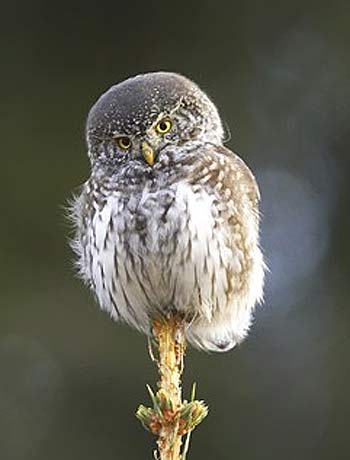Eurasian Pygmy Owl – Tiny Predator Out in the Cold
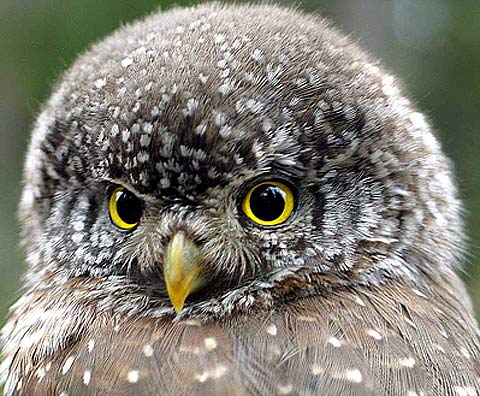
The Eurasian pygmy owl is one of many species in the genus Glaucidium that contains a whole bunch of tiny owls. Its Latin binomial name is Glaucidium passerinum and maybe the first fact you should know about this small owl is that it is not just small – but it is the absolute smallest living owl species in Europe! Its coloring is fairly typical for a temperate zone owl, a brown or sometimes ruddy greyish plumage with white speckles and white/brown breast feathers. These little owls prefer slightly colder climates, like the Taiga of Europe and Asia. Taiga, also called boreal forests, is a type of climate which is to forest as tundra is to plains. At the base of windswept, snowcapped mountains is a wintery area with evergreen trees and a thriving wildlife population which includes this tiny big-eyed bird.
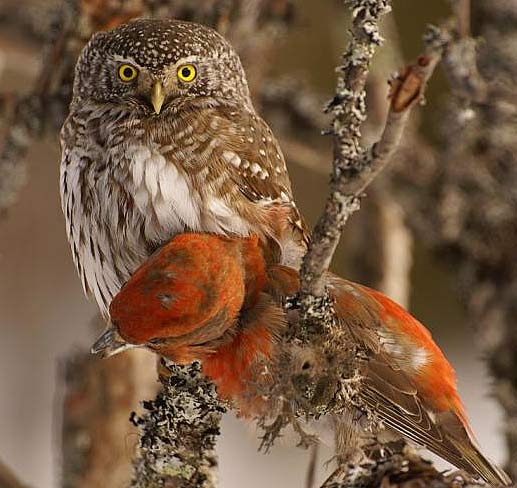
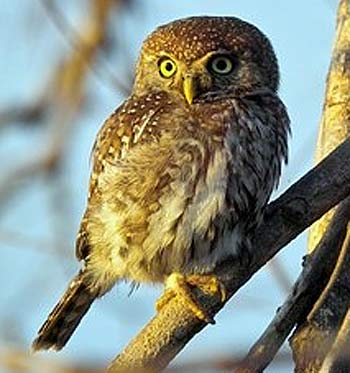
To cope with their sometimes harsh environment, the Eurasian pygmy owl lives a fairly sedentary lifestyle, putting on extra fat for the cold and remaining permanently in its home in the forest all year long. In extreme temperatures during particularly bad winters, these owls may migrate south for the season. This migration is not annual, and in fact only happens out of necessity.
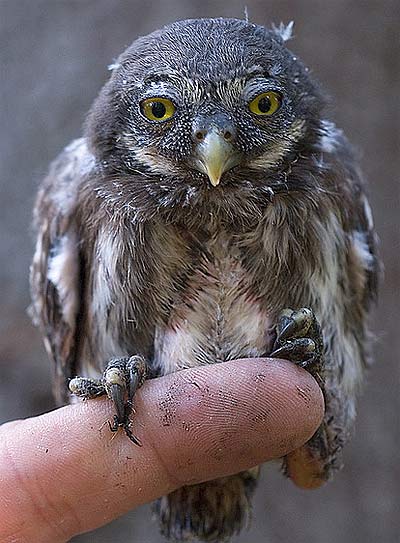
Though only about 6 and a half inches in length at maximum (17 cm) and weighing only about 2 and a half ounces (77 g), these little birds have a big appetite, they will eat animals that rival their own size, including voles, rodents and other small birds. These prey animals are stalked by the tiny pygmy owl – not during the dark of night like you might think of when talking about owls, but in fact around dawn or dusk – and sometimes in the bright light of day.
